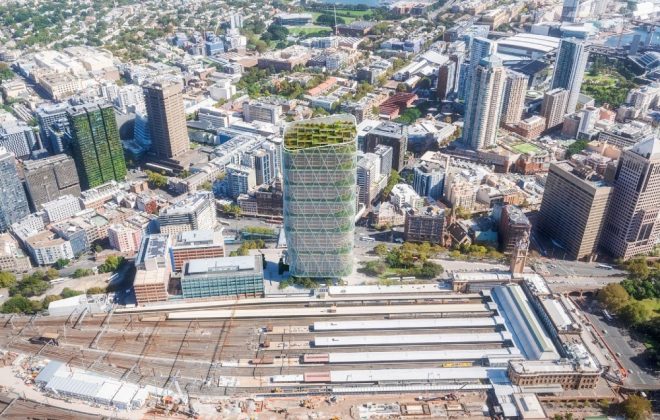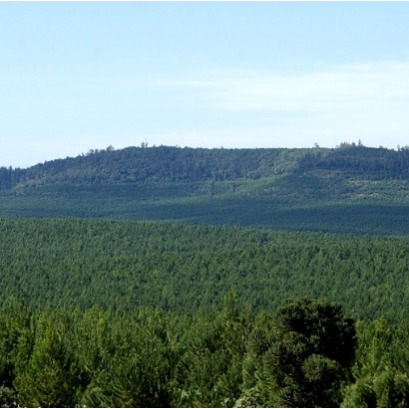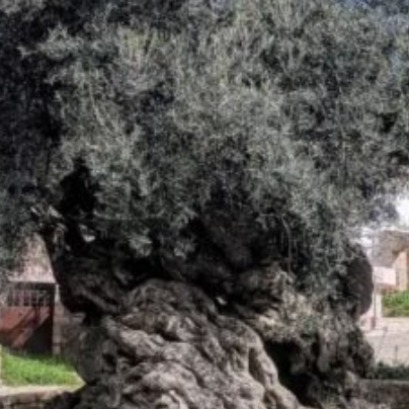
Wooden skyscrapers up to 50 stories tall could soon be part of cities
Attempt to decarbonize and revitalize urban construction
In Australia, wooden skyscrapers up to 50 stories tall could soon be part of cities in a bid to decarbonise and revitalize urban construction. Three separate plans have been submitted to build hybrid timber buildings in Perth and Sydney between 180 and 220 meters tall. Each would more than double the height of the current world record holder, an 86.6-meter apartment building in Milwaukee, USA. Developer James Dibble, whose proposal for a 47-story apartment building in Perth is before the state development panel, said hybrid technology puts wood on a par with concrete and steel. "There really isn't any limitation to height other than the limitation of physics like any other building, to be blunt," he said. "And I would remind everyone that you can't grow concrete. If concrete were a country, it would be the third largest emitter in the world. Wooden skyscrapers are made possible by hybrid construction, which uses "mass timber" designed around a concrete core.

IT MAY INTEREST YOU
 Free seminar on the implementation of the European EUDR regulation on deforestation-free wood products
Free seminar on the implementation of the European EUDR regulation on deforestation-free wood products
The Argentine Forestry Association (AFoA) organizes the seminar «EUDR in Forest Products: Current status of implementation. Regulatory requirements and private experiences", which will take place on Wednesday, November 26, from 11:00 a.m. to 12:00 p.m., via Zoom, with live streaming on YouTube. The European Regulation on Deforestation-Free Products (EUDR) will enter into force on December 31, 2025 and will impose new requirements for forest products entering the European Union market.
 Experts cant believe it, but this tree is the oldest in the world and continues to bear fruit: it is 4,000 years old.
Experts cant believe it, but this tree is the oldest in the world and continues to bear fruit: it is 4,000 years old.
Nature keeps secrets that defy the passage of time, and one of the most surprising examples is a tree that, approximately 4,000 years old, continues to bear fruit today. This specimen has become a symbol of resistance and longevity, capable of surviving climate changes, landscape transformations and human activity itself.
 Missions | New illegal felling in the Piñalito Provincial Park in San Pedro reveals the silent expansion of deforestation in protected areas
Missions | New illegal felling in the Piñalito Provincial Park in San Pedro reveals the silent expansion of deforestation in protected areas
The advance of deforestation on protected areas was once again evident this week in the Piñalito Sur Provincial Park, in San Pedro, where the Ministry of Ecology and Renewable Natural Resources confirmed a new case of selective illegal logging. The event occurs in a context of growing concern about the fragility of the environmental control system in rural and border areas, where the scarcity of resources, personnel and logistics limits the capacity of surveillance against criminal organizations organized to steal native woods and market them on the black market in connivance with sawmill owners.





















